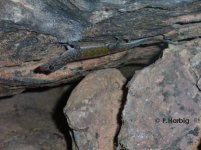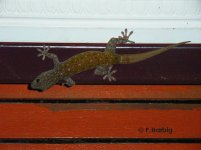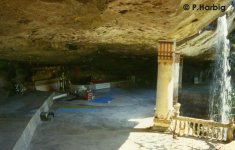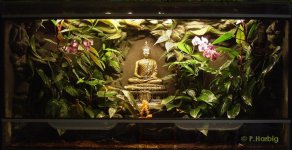I'm looking for any information available on Gekko Petricolus / Sandstone geckos. I rescued one about 5 months ago which was being kept with three other geckos all of different species. I have since rehomed all the others but I was rather taken with this little guy so he has stayed with me. Unfortunately there appears to be no information out there on these so all the temperatures etc. I'm using come from research I've done into the climate of Thiland, where this species originates, whilst he seems to be doing alright at the moment more information is always handy especially as I would like to get a female at some point and try breeding them although given their apparent rarity in captivity that may have to wait a while.
What I'm really looking for is to hear from anybody who keeps or has kept this species or has any information on their husbandry.
Many thanks,
Cat x
What I'm really looking for is to hear from anybody who keeps or has kept this species or has any information on their husbandry.
Many thanks,
Cat x








